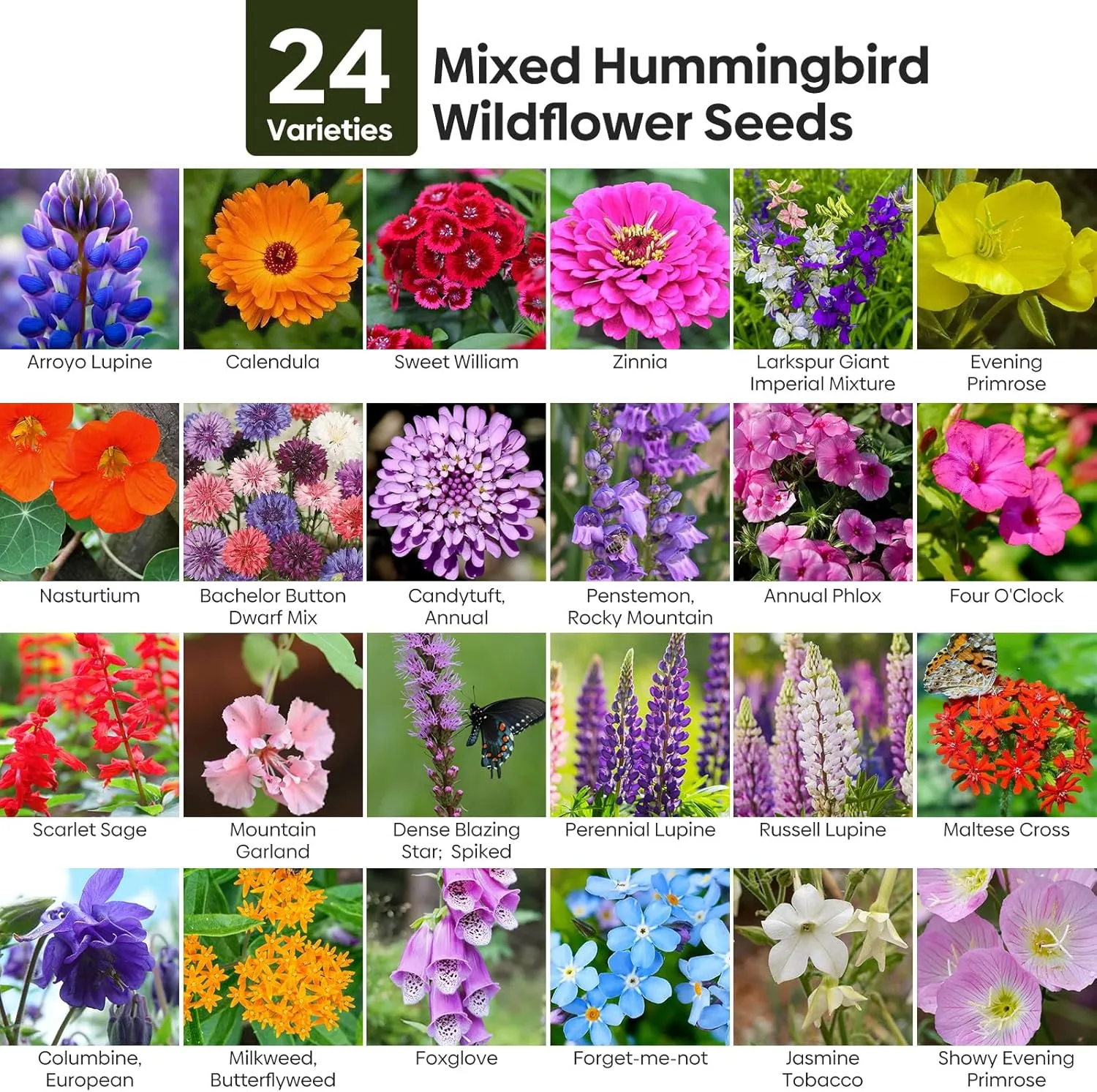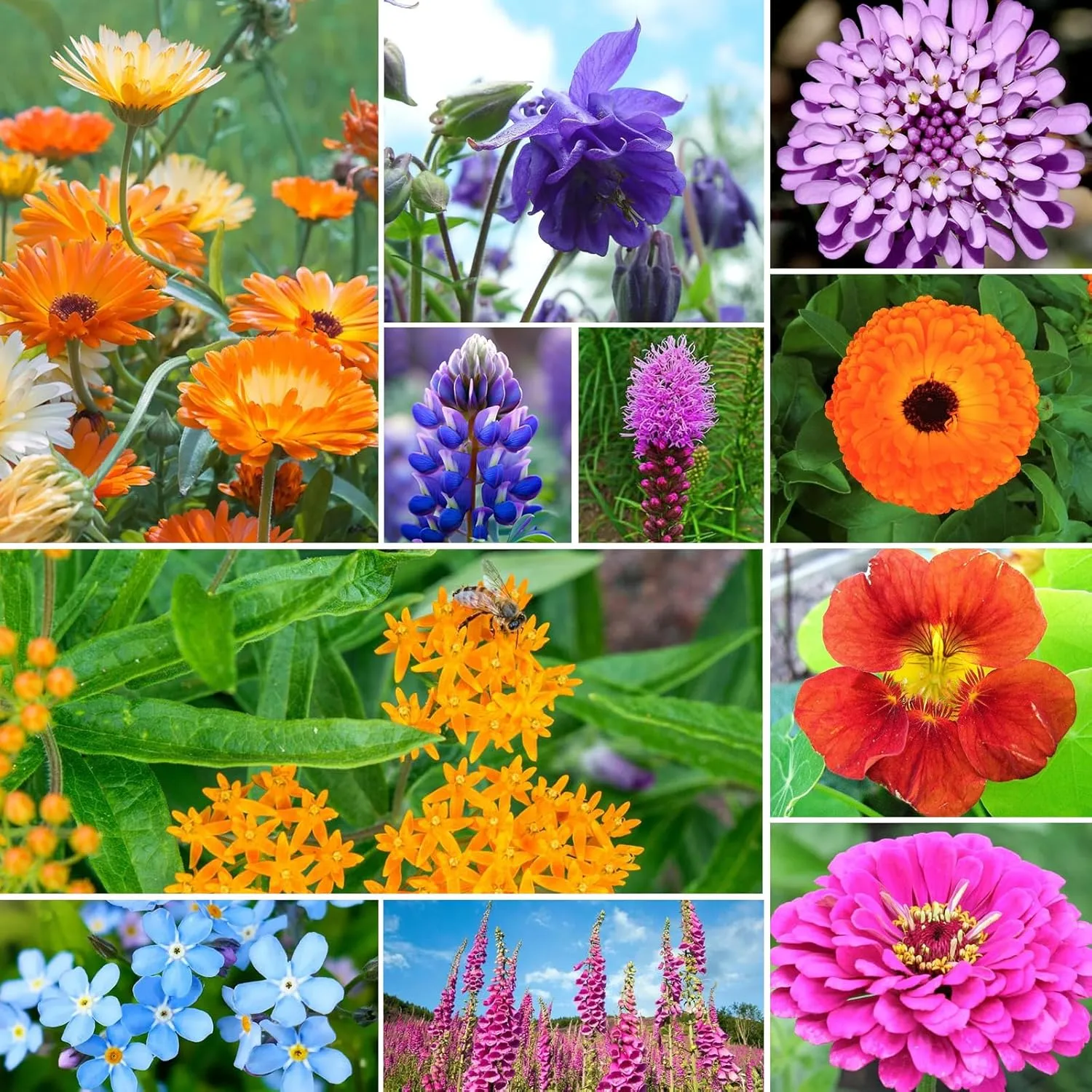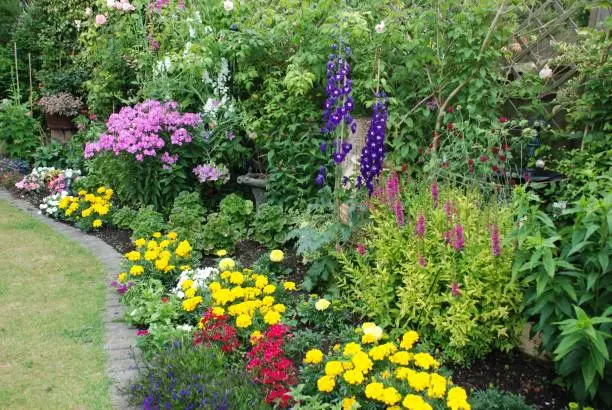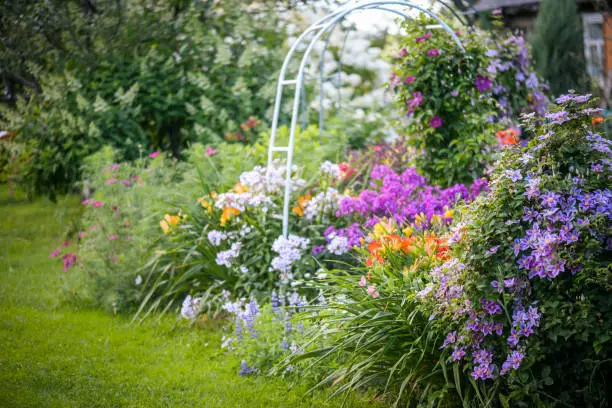How to plant flowers for backyard layout is one of the most rewarding skills a gardener can develop. With a well-planned approach, you can turn any outdoor space into a colorful, welcoming retreat.
Whether you’re working with a small yard or a large open area, this guide will walk you through everything you need to know—from design to planting and maintenance.
1. How to Choose the Right Spot to Plant Flowers in Your Backyard Layout
Sunlight exposure is one of the most important factors when deciding how to plant flowers for backyard layout. Some flowers thrive in full sun, while others need shade or partial shade to grow properly:
- Full sun = 6+ hours of direct sunlight daily
- Part shade = 4–6 hours
- Full shade = Less than 4 hours
💡 Don’t overlook small, underused areas like:
- Around the mailbox
- At the base of a large tree
- Along privacy fences or gate lines
- Near the porch foundation
Placing flowers in unexpected spots can add vibrant charm throughout your landscape.
🔗 According to Better Homes & Gardens, proper light placement is key to flower garden success.

To get started easily, you can use flowers seed mix, perfect for backyard layouts and designed to thrive in various sunlight conditions.
2. Planning the Perfect Flower Bed for a Backyard Flower Layout
Before digging, outline the shape and flow of your flower bed. You can:
- Use stakes and string to mark structured shapes (rectangles, circles, squares)
- Use a garden hose or rope to create natural, flowing curves
View the layout from multiple angles—including from the street or a patio—to ensure it complements your overall backyard design.

3. Prepare the Soil with Compost
A critical part of how to plant flowers for backyard layout is starting with nutrient-rich, well-drained soil.
- Loosen soil to a depth of 6–8 inches
- Mix in organic compost to improve drainage and texture
- Avoid working wet soil to prevent compaction
📌 Soil test tip: Squeeze a small ball of soil—if it crumbles easily, it’s ready. If it stays clumped, wait for it to dry out.
4. Dig Planting Holes
Seed planting: Follow spacing and depth instructions on the seed packet.
Transplanting nursery flowers:
- Dig a hole slightly wider than the root ball
- Keep the plant at the same soil level as in the pot
- Loosen tangled roots gently before planting

5. Plant Your Flowers
- Place seeds according to the packet
- Gently position nursery plants in the holes
- Backfill with soil and firm gently (not tightly) around the base
Maintaining the right planting depth helps prevent stress and promotes strong root development.
Understanding how to plant flowers for backyard layout will help you avoid common mistakes and create lasting visual impact.
💧 6. Water Deeply
After planting, water thoroughly to help the roots settle.
- Most flower gardens need 1–2 inches of water per week
- Focus on deep watering less frequently, rather than shallow daily watering
- Avoid soggy soil to reduce root rot risks
Before you begin, it’s important to learn exactly how to plant flowers for backyard layout to match your climate and space.
7. Why Mulch Matters When You Plant Flowers in a Backyard Layout
Finish your flower bed with a 2–3 inch layer of mulch. This will:
- Lock in moisture
- Reduce weed growth
- Keep the soil temperature stable
- Decrease how often you need to water
✅ Keep mulch a few inches away from stems to prevent rot.

Extra Tips for Backyard Flower Layouts – PLANT FLOWERS FOR BACKYARD LAYOUT
- Group by height: Place tall plants in the back, medium in the middle, and short ones at the front
- Mix bloom times and colors for continuous seasonal interest
- Include pollinator-friendly flowers to attract bees and butterflies
These final tips will help you refine your approach to how to plant flowers for backyard layout efficiently and beautifully
For a fully sustainable approach, see our guide on FLOWERS FOR BACKYARD LAYOUT and build a garden that’s beautiful and eco-conscious.
By following these steps, you now know how to plant flowers for backyard layout success. With a clear plan, healthy soil, and proper care, your outdoor space will bloom with life and beauty for seasons to come.


